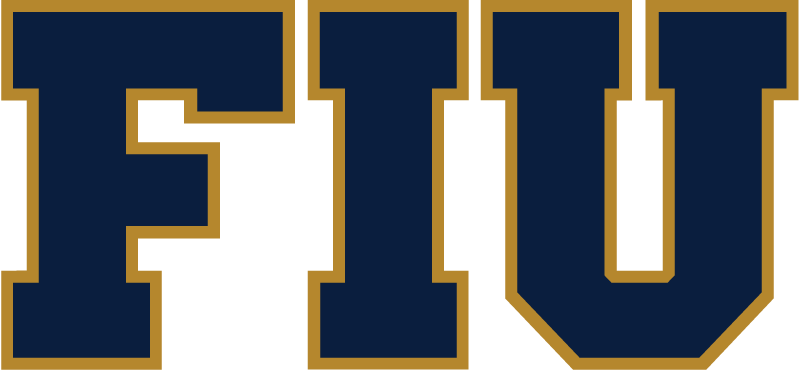Improvement Strategies
The most fundamental element of assessment emerges when all of the collected data is transformed into strategies to make improvements. The following sections will describe the steps that lead to developing effective improvement strategies and will provide tips on finding new ways to improve outcomes.
Revisiting Outcomes, Methods, and Results
After collecting and analyzing the results, the next step it to review all of the outcomes and their related methods and results. In this phase, faculty, staff, and stakeholders can use this review as the foundation to establish improvement strategies that would directly impact the outcome. These collaborations can help establish a comprehensive approach to addressing possible improvements strategies that will be shared as common goals for the entire program/unit.
Questions that are important in this phase are:- Were the criteria met?
- Were the results based on extremely low sample sizes?
- Are there any weaknesses that can be identified?
- Are there any strengths that can be identified?
- Did the results significantly differ from previous assessment cycles or were they the same?
Conceptualizing Improvement Strategies
Improvement Strategies should:- Directly relate to the outcome specified
- Describe attainable and sustainable improvement actions
- Specify observable or measureable actions
- List timelines by which strategies will be implemented
Note: For Student Learning Outcomes, the improvement strategies must directly address student learning (i.e. must affect or change what students learn (e.g., curriculum changes) or how students learn (e.g., changing course lectures)).
Implementing Improvement Strategies and Closing the Loop
The product of Step 2 (above) is a concrete and attainable improvement plan and in this step that improvement plan will be implemented and close the loop by starting the assessment process again. This component of the assessment effort is the most crucial since the purpose of assessment is to produce evidence based improvements
During this stage, it is important to keep in mind the following:- Implementation should be conducted as specified by the use of results that were developed in the reporting process.
- Key faculty and staff members should be involved during the implementation process and specific roles should be designated to both initiate and keep track of this process.
- "Closing the Loop" manifests itself after strategies have been implemented and after you have assessed the outcomes to measure the impact of the improvements.
- It is important to note, however, that some improvements take time to manifest themselves in the assessment results:
- Example – If the improvement strategy was to add additional reading materials to an introductory course to be able to expand students' knowledge on a certain topic, then several years may pass before the students are able to take the senior level course in which their knowledge is assessed).
- It is critical to measure outcomes for as long as possible in order to gather longitudinal data that can provide a clearer picture of trends. If a certain outcome is not producing major changes in the data, it may be placed under dormancy, however, if should be reintegrated after a given period to reassess whether the outcome continues to be successfully met.
